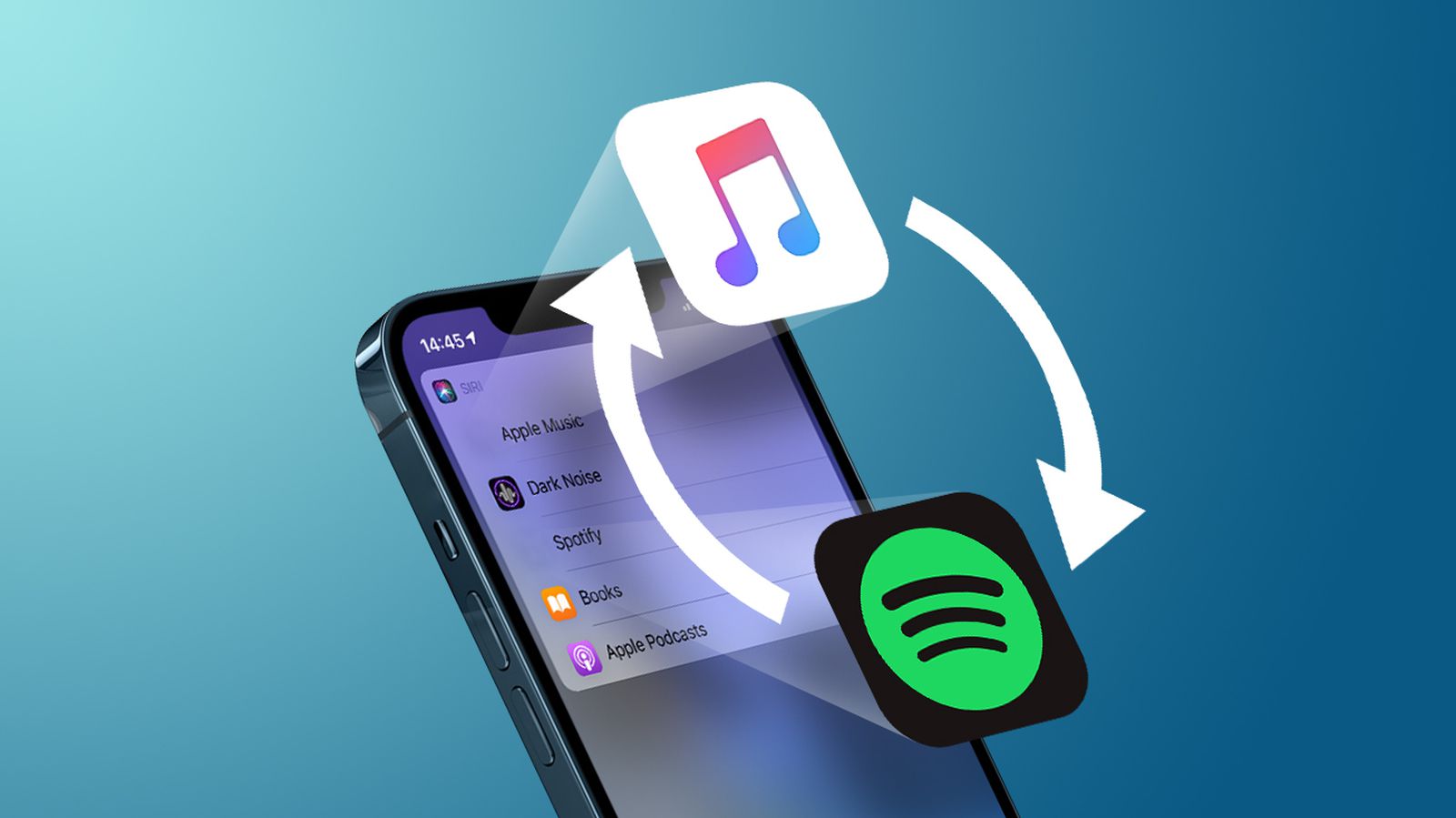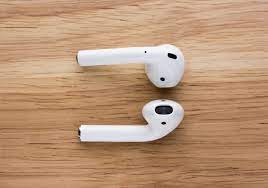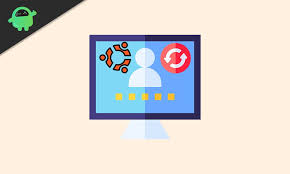Advertisement
Internet of Things: Share the latest developments in IoT, including connected devices, smart homes, and industrial applications.
Advertisement
Advertisement
The Internet of Things (IoT) has been one of the most talked-about technologies in recent years, and its impact on daily life and businesses is only getting bigger. In this blog, we'll explore the latest developments in IoT, including connected devices, smart homes, and industrial applications.
Connected Devices
Connected devices are a key component of IoT, and the number of devices connected to the internet continues to grow. According to Statista, the number of connected devices worldwide is expected to reach 75.44 billion by 2025, up from 30.73 billion in 2020.
This growth is being driven by the increasing demand for smart devices that can be connected to the internet and controlled remotely.
One of the most significant developments in connected devices is the rise of 5G networks. With 5G, connected devices can transmit data much faster and with lower latency, making it possible to support a wider range of applications. This will pave the way for more advanced IoT use cases, such as autonomous vehicles and smart cities.
Smart Homes
Smart homes are a rapidly growing market, with more and more households adopting connected devices to make their lives easier and more convenient.
The global smart home market is projected to reach $246 billion by 2026, according to MarketsandMarkets.
One of the most exciting developments in smart homes is the integration of artificial intelligence (AI) and machine learning (ML) technologies.
These technologies allow smart devices to learn from user behavior and adjust their settings automatically, making it easier for homeowners to control their homes.
For example, smart thermostats can learn a household's temperature preferences and adjust the temperature accordingly, while smart lighting can adjust the brightness based on the time of day and the amount of natural light in the room.
Industrial Applications
IoT is also transforming the industrial sector, with applications ranging from predictive maintenance to supply chain optimization.
The Industrial Internet of Things (IIoT) market is projected to reach $195 billion by 2022, according to MarketsandMarkets.
One of the most significant developments in industrial applications is the use of IoT for predictive maintenance. By collecting data from sensors embedded in equipment, IoT systems can predict when a machine is likely to fail and alert maintenance teams before it happens. This can help reduce downtime and prevent costly repairs.
IoT is also being used to optimize supply chains, with sensors providing real-time data on the location and condition of goods. This allows companies to track their products from the factory to the end customer, ensuring that they arrive in good condition and on time.
Edge Computing
Edge computing is an emerging technology that enables data processing and analysis to take place closer to the source of the data, rather than in a centralized location.
This can significantly reduce the latency involved in transmitting data back and forth between connected devices and the cloud, making it possible to support real-time applications that require immediate decision-making.
Edge computing is becoming increasingly important in IoT, as more devices are being connected to the internet and generating large amounts of data. By processing data at the edge, IoT systems can become more efficient, secure, and reliable.
Blockchain
Blockchain is a distributed ledger technology that enables secure and transparent data sharing across a network of participants. In the context of IoT, blockchain can be used to establish trust and secure communication between connected devices.
One of the most significant benefits of using blockchain in IoT is the ability to create tamper-proof records of device activity. This can help prevent malicious actors from compromising the integrity of IoT systems and data.
AI-Powered Voice Assistants
AI-powered voice assistants like Amazon Alexa, Google Assistant, and Apple Siri are becoming increasingly popular in smart homes and other IoT applications.
These assistants enable users to control their devices using voice commands, making it more convenient and intuitive to interact with IoT systems.
The use of AI and natural language processing (NLP) technologies is making these assistants more intelligent and capable of understanding complex user requests.
This is paving the way for more sophisticated voice-based applications in IoT, such as virtual assistants for industrial workers and smart healthcare applications.
Conclusion
IoT is transforming the way we live and work, with new developments and use cases emerging every day. Connected devices, smart homes, and industrial applications are just a few of the areas where IoT is having a significant impact, and we can expect to see even more exciting developments in the years ahead.
As the number of connected devices continues to grow, we are entering a new era of connectedness that has the potential to revolutionize every aspect of our lives.




